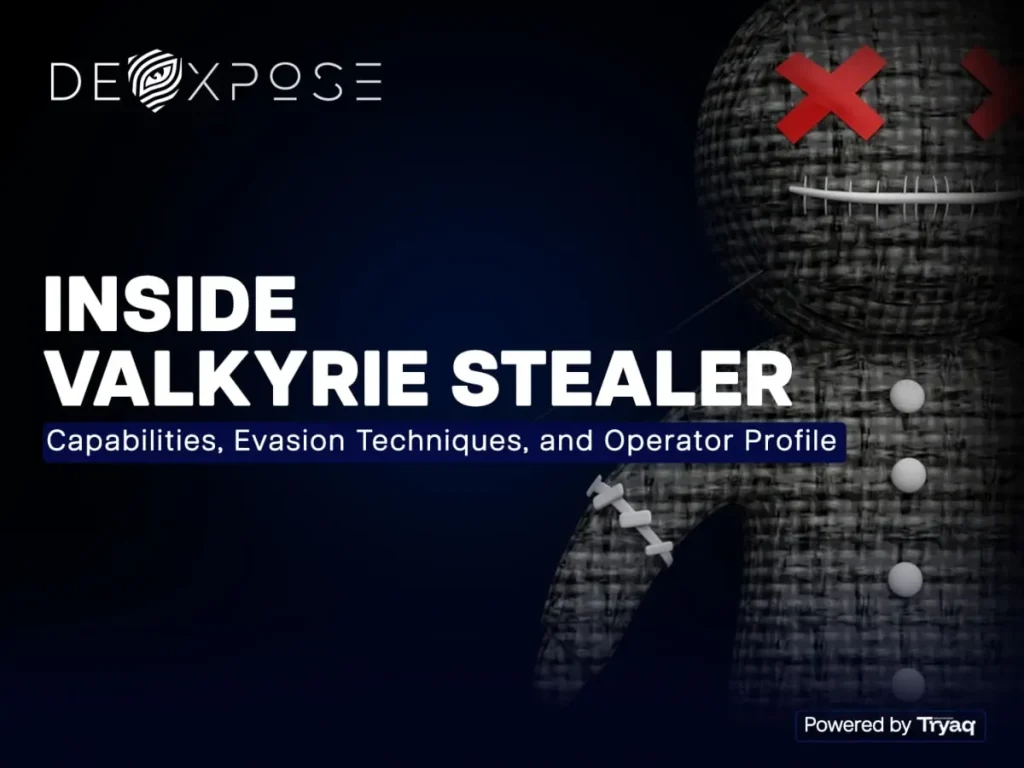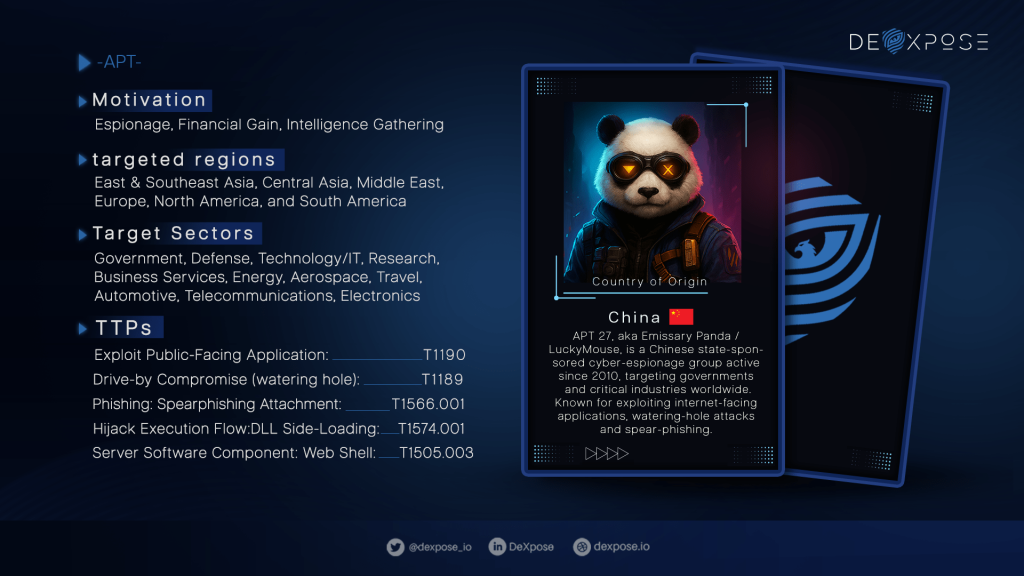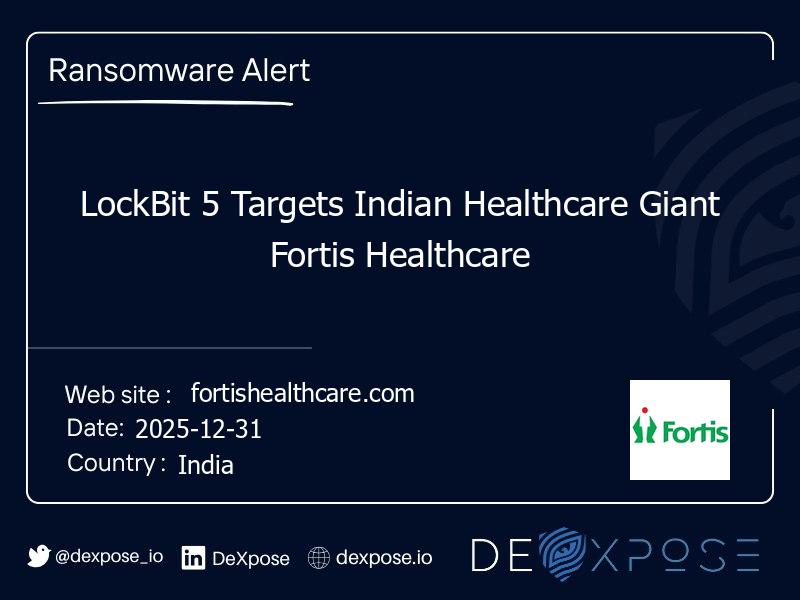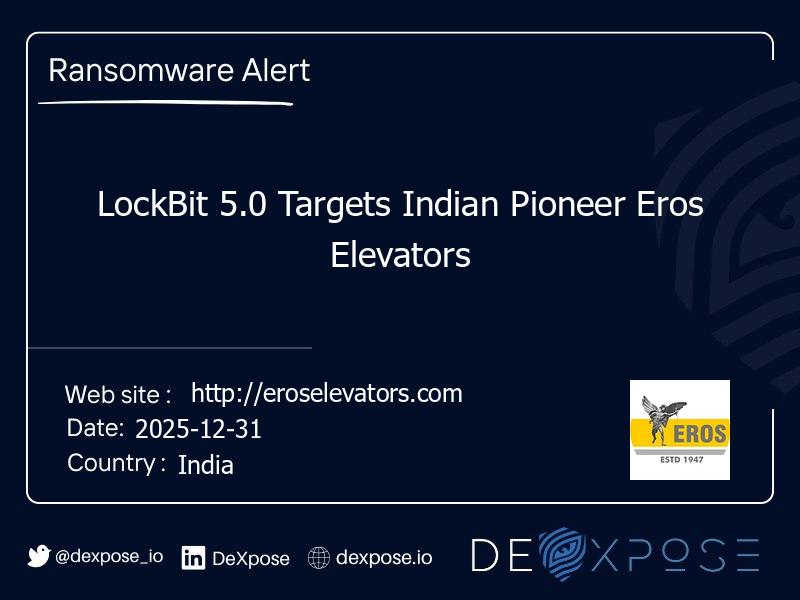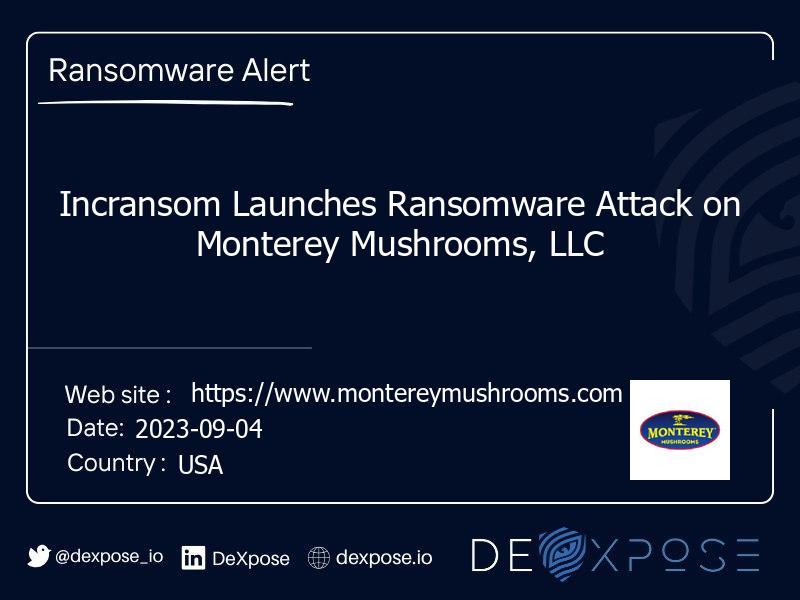In today’s hyper-connected world, organizations face a growing number of threats that extend far beyond their traditional network boundaries. Cybercriminals no longer limit themselves to direct system intrusions — they target your brand, employees, customers, and even your suppliers through various channels across the internet. This is where digital risk protection steps in. It is a strategic process that allows businesses to detect, monitor, and mitigate threats lurking in open, deep, and dark web spaces before they escalate into damaging incidents.
By understanding this concept in detail, you can safeguard your organization’s reputation, protect sensitive information, and preserve customer trust in an increasingly hostile digital environment.
1. Understanding the Concept
Digital risk protection (DRP) is a proactive security strategy that focuses on identifying and mitigating threats outside an organization’s perimeter. Unlike traditional cybersecurity tools, which mainly defend internal systems, DRP looks outward, scanning the broader digital landscape for signs of compromise, data leakage, or malicious activity targeting your organization.
At its core, this discipline combines threat intelligence, brand monitoring, and incident response to create a comprehensive shield. DRP platforms and services collect intelligence from a variety of sources, including:
- Public web pages and social media platforms
- Dark web forums and marketplaces
- Paste sites and code repositories
- Phishing domains and impersonation sites
The ultimate goal is to make sure that businesses can take immediate, informed action when a potential threat is detected.
2. Why Businesses Need It
The business environment is evolving faster than ever, and so are cyber threats. Key drivers that make DRP indispensable include:
- Brand reputation at stake – A single data leak or impersonation campaign can damage years of trust-building.
- Regulatory pressure – Compliance frameworks such as GDPR, HIPAA, and PCI-DSS demand proactive protection of personal and sensitive data.
- Rise in sophisticated attacks – From phishing-as-a-service to ransomware gangs, threat actors now operate like organized businesses.
- Expanding digital footprint – Cloud adoption, third-party integrations, and remote work increase the number of external exposure points.
By detecting threats early, organizations can prevent financial loss, legal liability, and long-term brand damage.
3. How It Works: The DRP Process
Implementing digital risk protection typically follows a multi-step cycle designed to ensure continuous visibility and action.
Asset Mapping
The process starts with identifying the organization’s digital assets, such as domain names, IP addresses, executive profiles, and product names. This “attack surface” mapping allows DRP solutions to know what to protect.
Continuous Monitoring
Automated systems scan vast amounts of data across open, in-depth, and dark web sources in real-time to identify suspicious activity linked to your assets.
Threat Detection
Potential risks are flagged based on pre-set rules and advanced analytics. For example, detecting leaked credentials or counterfeit versions of your website.
Risk Assessment
Analysts evaluate the severity and likelihood of each detected threat, ensuring that response efforts are prioritized effectively.
Mitigation and Takedown
When necessary, DRP providers coordinate with law enforcement, hosting providers, or registrars to remove malicious content and neutralize risks.
Reporting and Optimization
Regular reports and insights allow security teams to refine detection strategies and strengthen their defensive posture.
Key Capabilities of Digital Risk Protection Platforms
While features vary among providers, a robust DRP solution generally offers:
- Dark Web Intelligence – Monitoring underground forums, marketplaces, and leak sites for stolen data or attack chatter.
- Brand Monitoring – Detecting misuse of brand assets, logos, and trademarks across the internet.
- Phishing Detection – Identifying fake websites and domains designed to impersonate your business.
- Credential Leak Detection – Alerting when employee or customer credentials appear in data dumps.
- Executive Protection – Safeguarding high-profile individuals from targeted cyber threats.
- Social Media Monitoring – Spotting fraudulent accounts or disinformation campaigns.
- Attack Surface Management – Understanding and managing all externally visible systems and services.
Real-World Examples
To better understand the impact of DRP, consider these scenarios:
- Retail Sector: A luxury fashion brand uses DRP to detect counterfeit product listings on unauthorized marketplaces, protecting revenue and customer trust.
- Financial Services: A bank prevents phishing campaigns by identifying malicious domains registered with names similar to theirs and taking them down before the attack launches.
- Healthcare: A hospital network detects patient data for sale on the dark web and works with authorities to contain the breach.
Benefits Beyond Cybersecurity

Digital risk protection is not just a technical safeguard — it also delivers strategic advantages:
- Customer Trust: Proactive protection reassures customers that their data and interactions are secure.
- Operational Continuity: Prevents incidents that could disrupt business operations.
- Competitive Edge: Shows stakeholders and partners that you take security seriously.
- Cost Savings: Avoids the high expenses of breach remediation, regulatory fines, and reputational damage.
How It Differs from Traditional Cybersecurity
Traditional security focuses on securing networks, endpoints, and applications inside the organization’s control. DRP extends the defensive boundary to include threats that originate outside, in spaces where the company has little to no direct influence.
Think of traditional security as guarding your house from the inside, while DRP is like patrolling the entire neighborhood to spot potential dangers before they reach your doorstep.
Also Read: How Dark web Monitoring Protects Your business
Choosing the Right Solution
When evaluating a DRP provider, consider the following factors:
- Coverage: Does it monitor open web, deep web, and dark web sources?
- Customization: Can it adapt to your industry-specific needs?
- Integration: Does it work with your existing security infrastructure?
- Human Intelligence: Are alerts enriched with analyst insights?
- Response Capabilities: Does it offer takedown support and incident response?
Implementation Best Practices
- Define Your Digital Assets: Start by mapping all online assets to monitor.
- Prioritize Threat Types: Decide which risks (e.g., brand abuse, credential leaks) matter most to your business.
- Integrate with SOC Operations: Ensure DRP alerts are actionable within your security operations workflow.
- Educate Employees: Train staff to recognize and document potential risks.
- Regularly Review Reports: Use insights to update risk profiles and improve detection.
The Future of Digital Risk Protection
Looking ahead, DRP is expected to evolve with advances in artificial intelligence, machine learning, and mechanization. AI-driven analytics will improve threat detection accuracy, while integrations with other security tools will make DRP a central part of enterprise risk management.
As organizations expand into new digital spaces — from the metaverse to IoT ecosystems — the scope of DRP will grow, making it a critical pillar of any security strategy.
Conclusion
In this age where threats can originate from anywhere on the internet, relying solely on internal defenses is no longer enough. Digital risk protection offers a robust, outward-looking approach to security, enabling businesses to identify, assess, and neutralize risks before they cause harm. By combining continuous monitoring, actionable intelligence, and rapid response, DRP empowers organizations to safeguard their brand, customers, and reputation in a constantly evolving threat landscape.
Whether you are a small business or a global enterprise, integrating this discipline into your security strategy is not just advisable — it’s essential.
FAQs (Frequently Asked Questions)
1. How does digital risk protection differ from threat intelligence?
While both involve gathering data about potential threats, threat intelligence focuses broadly on cyber risks, including those within an organization’s perimeter. Digital risk protection is more targeted, actively monitoring the open, deep, and dark web for risks specific to your assets, brand, and stakeholders, and then enabling swift mitigation actions.
2. Can small businesses benefit from digital risk protection?
Absolutely. Cybercriminals often see small and mid-sized businesses as more manageable targets because they may lack advanced in-house security. DRP gives these organizations enterprise-level visibility and response capabilities, allowing them to detect phishing campaigns, data leaks, or impersonation attacks before they cause financial or reputational damage.
3. Does digital risk protection replace other cybersecurity tools?
No — it complements them. Think of it as an additional layer that watches the world beyond your firewall. While traditional tools protect systems and data inside your network, DRP helps prevent attacks originating from external spaces like rogue websites, dark web forums, or fake social media accounts.
4. How quickly can threats be mitigated with DRP?
Response times vary depending on the nature of the threat, but many DRP services offer near real-time alerts. Once detected, actions such as domain takedowns, removal of leaked content, or notification to affected parties can be initiated immediately, minimizing the damage window significantly.
5. What industries need digital risk protection the most?
Any sector handling sensitive data or with a strong public presence can benefit — finance, healthcare, retail, government, and even education. The more valuable your digital footprint, the more attractive you are to cybercriminals, making proactive external monitoring a necessity rather than an option.

